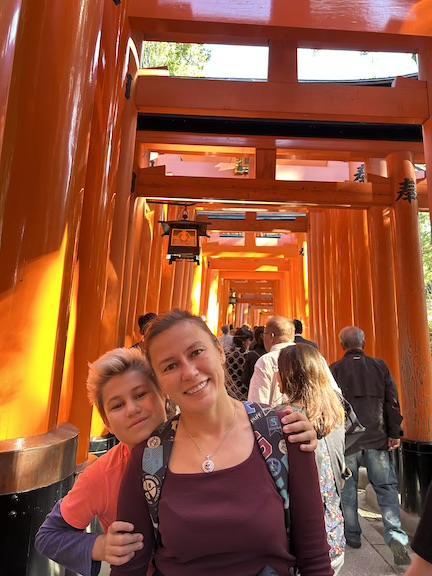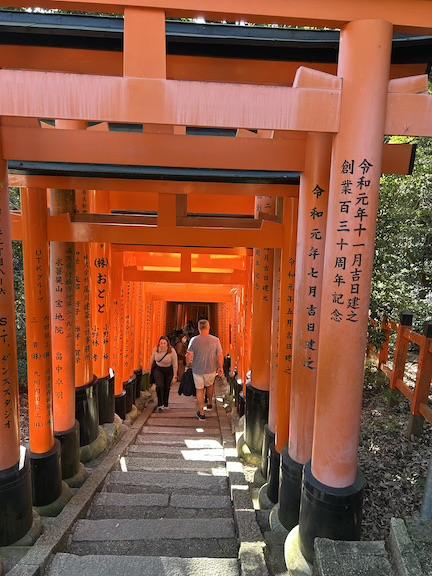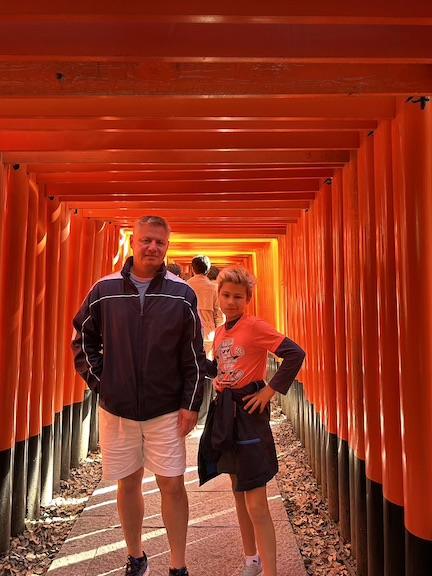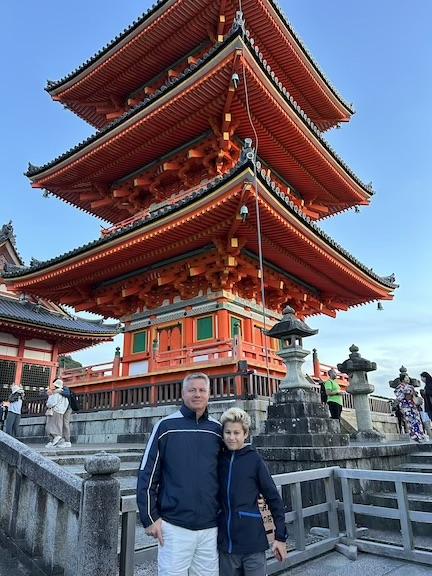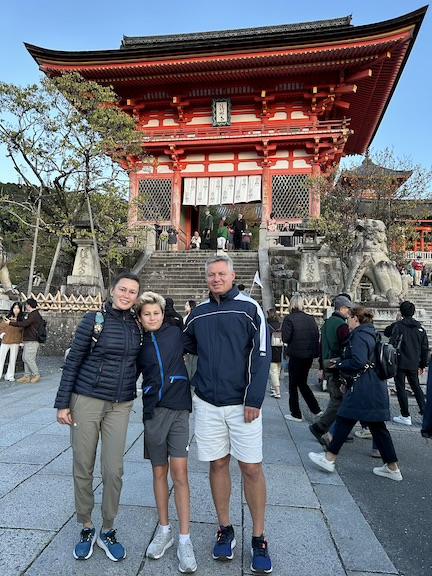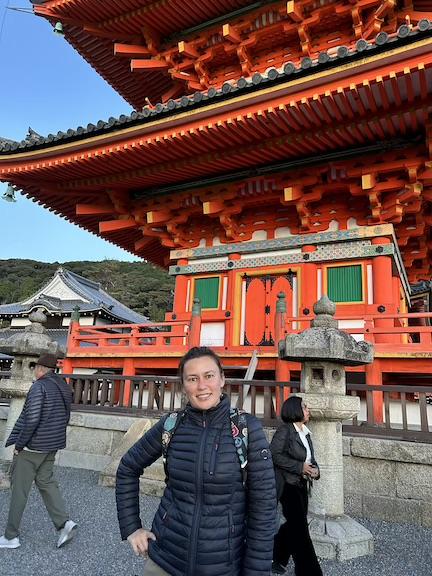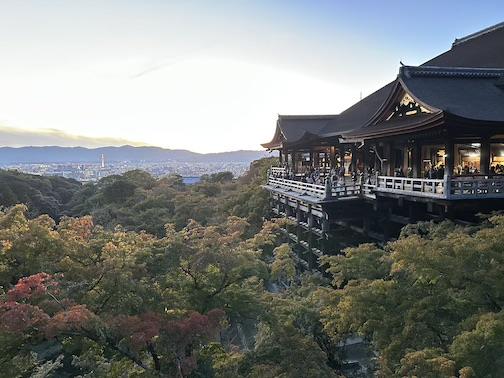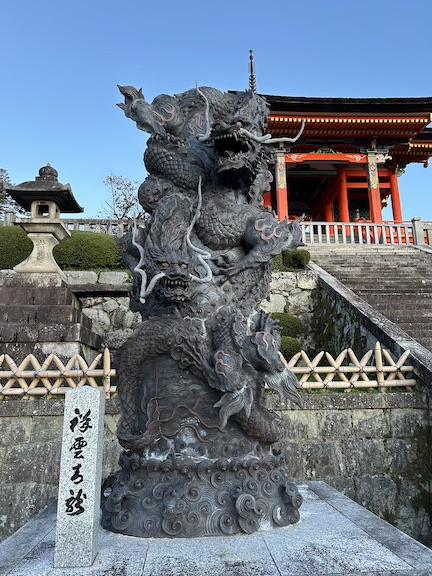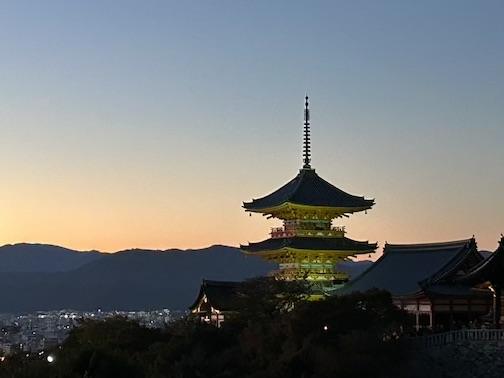Pulled off a whirlwind one-day adventure to Kyoto! First stop: Fushimi Inari Shrine—home of the Thousand Torii Gates and the ultimate torii gate flex. It’s basically a hike through a portal-filled dreamscape where you walk under literally thousands of gates, each one silently judging your cardio. 10/10, would torii again.
- Second stop: Kiyomizudera Temple. Stopped by at a big temple on the way there. Honestly, Kyoto is like the Costco of temples—Shinto, Buddhist, you name it. So many temples, so little time (and shoe removal energy). 🛕👣
- Kiyomizudera (清水寺, literally “Pure Water Temple”) is one of the most celebrated temples of Japan. It was founded in 780 on the site of the Otowa Waterfall in the wooded hills east of Kyoto and derives its name from the fall’s waters. The temple was originally associated with the Hosso sect, one of the oldest schools within Japanese Buddhism, but formed its own Kita Hosso sect in 1965. In 1994, the temple was added to the list of World Heritage Sites.
- Kiyomizudera is best known for its wooden stage that juts out from its main hall, 13 meters above the hillside. The stage affords nice views of the numerous cherry and maple trees below that erupt in a sea of color in spring and fall, as well as of the city of Kyoto in the distance. The main hall, which together with the stage was built without the use of nails, houses the temple’s primary object of worship, a small statue of the eleven faced, thousand armed Kannon. (Source: https://www.japan-guide.com/e/e3901.html.)
- Higashiyama District – preserved historic district around Kiyomizudera. The Higashiyama District (東山) along the lower slopes of Kyoto‘s eastern mountains is one of the city’s best preserved historic districts. It is a great place to experience traditional old Kyoto, especially between Kiyomizudera and Yasaka Shrine, where the narrow lanes, wooden buildings and traditional merchant shops invoke a feeling of the old capital city.
- The streets in Higashiyama are lined by small shops, cafes and restaurants which have been catering to tourists and pilgrims for centuries. These businesses retain their traditional design, although many have been renovated through the years, and they continue to serve customers today, selling local specialties such as pottery, sweets, pickles, crafts and other souvenirs. (Source: https://www.japan-guide.com/e/e3959.html.)
